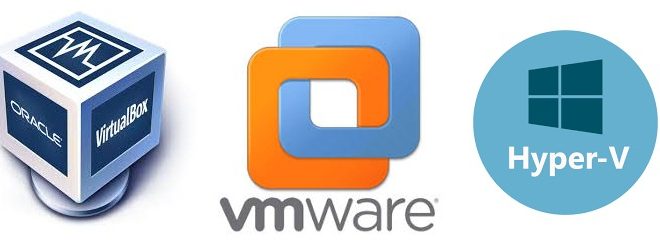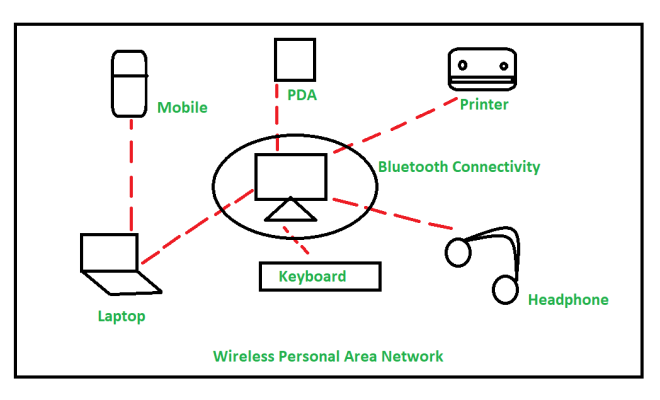What Is an MSI File?

An MSI file, short for Microsoft Installer File, is a type of file format used for installing software packages on Windows operating systems. An MSI file contains all the necessary components and settings needed to install an application on a computer.
The installation process of an MSI file is an automated process that can be executed silently, without any user interaction. The MSI file records installation information in the Windows Registry and creates entries for creating shortcuts, adding or removing files, and registering COM components.
An MSI file is structured into a number of component parts that include files, DLLs, drivers, registry keys, and resources, such as icons and graphics. These components are organized into features, which represent the main functional parts of the software being installed. Each feature is associated with a specific set of files and registry keys.
MSI files are used widely for installing many types of software, including productivity applications, games, utilities, and drivers. They provide a standard way of installing software that adheres to the Windows Installer software installation and configuration service.
Windows Installer is a built-in Windows service that manages the installation of software across different versions of Windows. It provides a common interface that allows software vendors to create MSI files that work seamlessly across different systems and configurations.
One of the key benefits of using an MSI file is that it allows software vendors to automate software installations and manage the software lifecycle more effectively. MSI files can be configured to include custom settings, such as licensing agreements, languages, and dependencies on other software packages.
In summary, an MSI file is a powerful tool for software vendors that allows for the smooth and consistent installation of software across different versions of Windows. It provides a standard way of installing and configuring software that is widely used by businesses and consumers alike. Understanding its structure and functionality can help software developers create more efficient software installations that meet the needs of their users.






